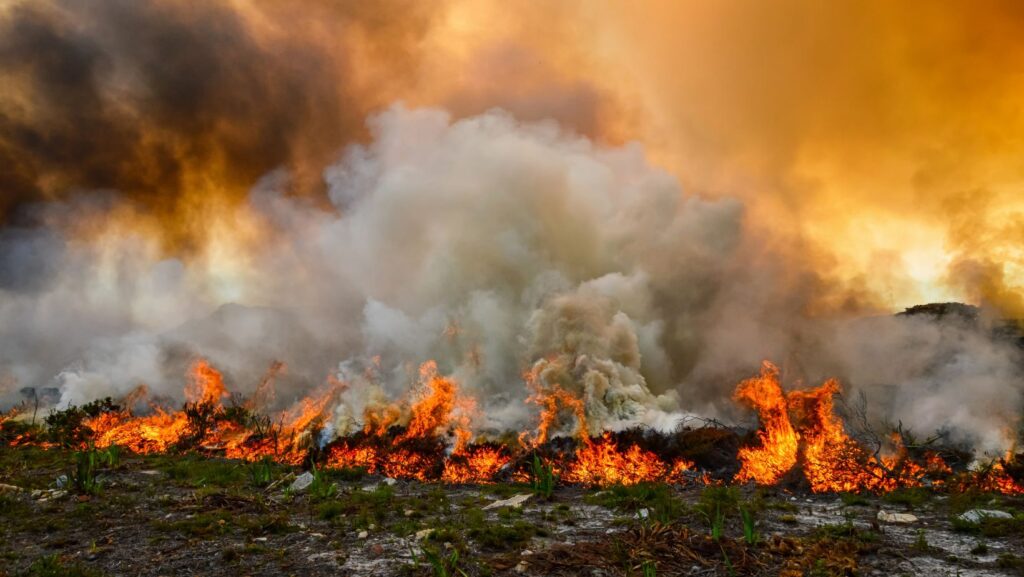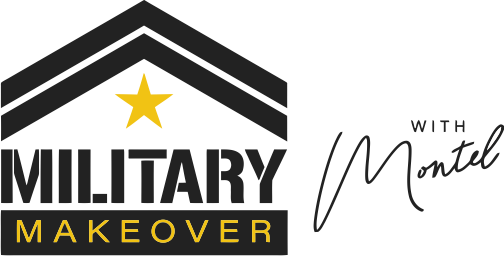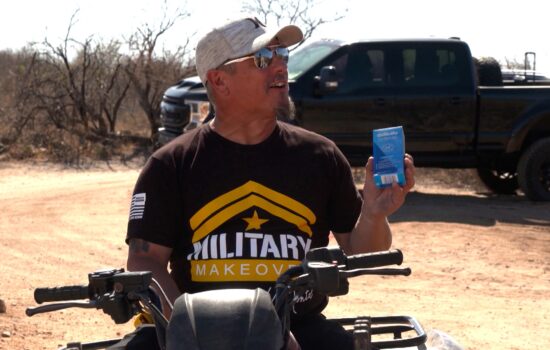
Picture this: the stunning landscapes of Maui, Hawaii, usually a paradise, now marred by a ferocious wildfire’s aftermath. But amid the ashes and heartache, a glimmer of hope emerged, and it came from a rather unexpected place – the United States military. These heroes didn’t just show up; they rolled up their sleeves and got to work, infusing the Maui community with a newfound spirit of resilience and recovery. Let’s dive into how the military’s actions turned this dire situation around:
When disaster struck and Maui was in shambles, the military didn’t waste a second. They leaped into action, providing a lifeline to the community when it needed it the most. It’s like witnessing superheroes spring into action, but these heroes wear uniforms.
U.S. Military Response Maui’s Wildfires
Now, over 700 skilled individuals are joining the recovery teams, bringing their A-game to the rebuilding process. With their expertise and unwavering commitment, they injected a fresh dose of energy into a community that was reeling from the disaster’s blow.
But it wasn’t just about physical recovery – it was about respect and empathy too. The military took on the solemn task of identifying remains, showing their dedication to honoring every life affected by this tragedy.
Teaming up with local authorities, the military seamlessly integrated their efforts with the existing recovery initiatives. This wasn’t a mere collaboration; it was a powerful example of unity during a time when unity was needed most.
Food, water, medical supplies, shelter – you name it, the military made sure those in need got it. They didn’t just bring material aid; they brought comfort, letting people know they weren’t alone in this fight to rebuild their lives.
And while they may not wear capes, these military personnel became real-life superheroes in their uniforms. Their actions spoke volumes, reminding us that in times of crisis, it’s dedication and selflessness that make all the difference.
Maui’s journey to recovery is ongoing, but the military’s impact remains. Their intervention wasn’t just about physical help; it was about lighting a beacon of hope in a community that desperately needed it.






